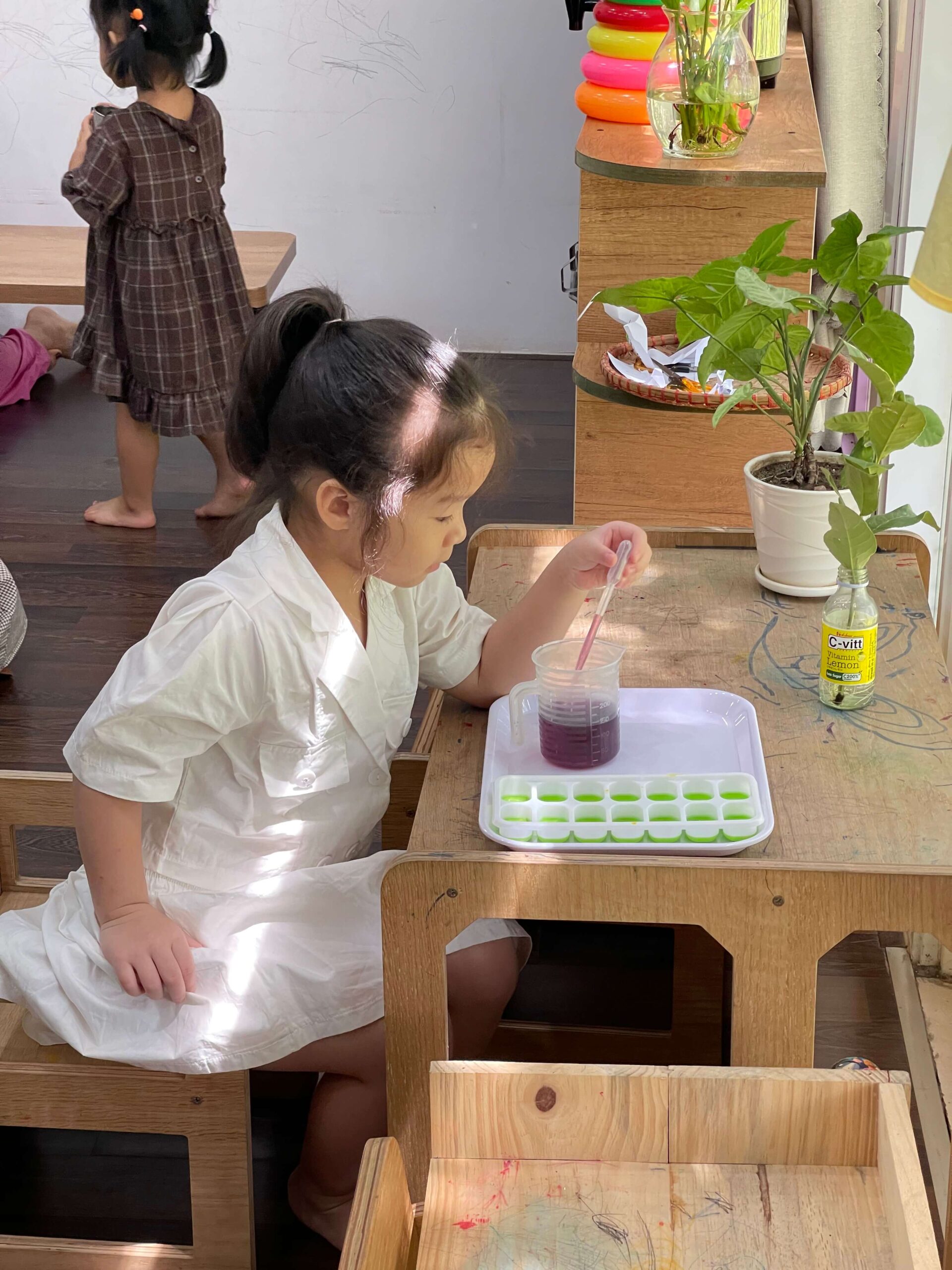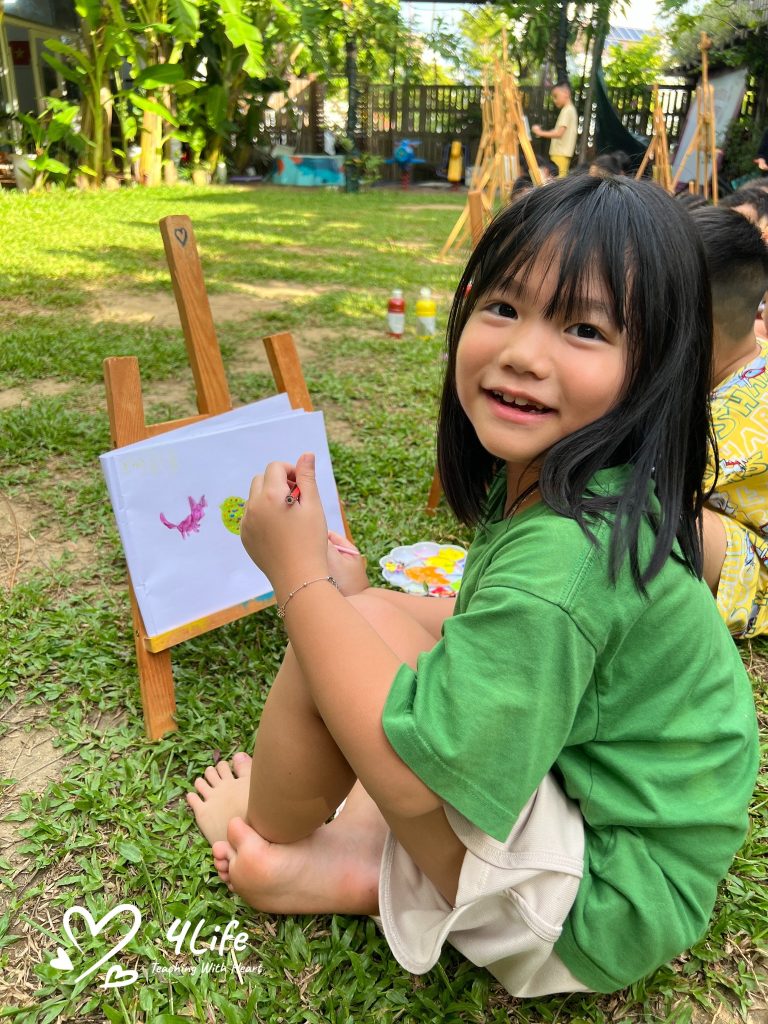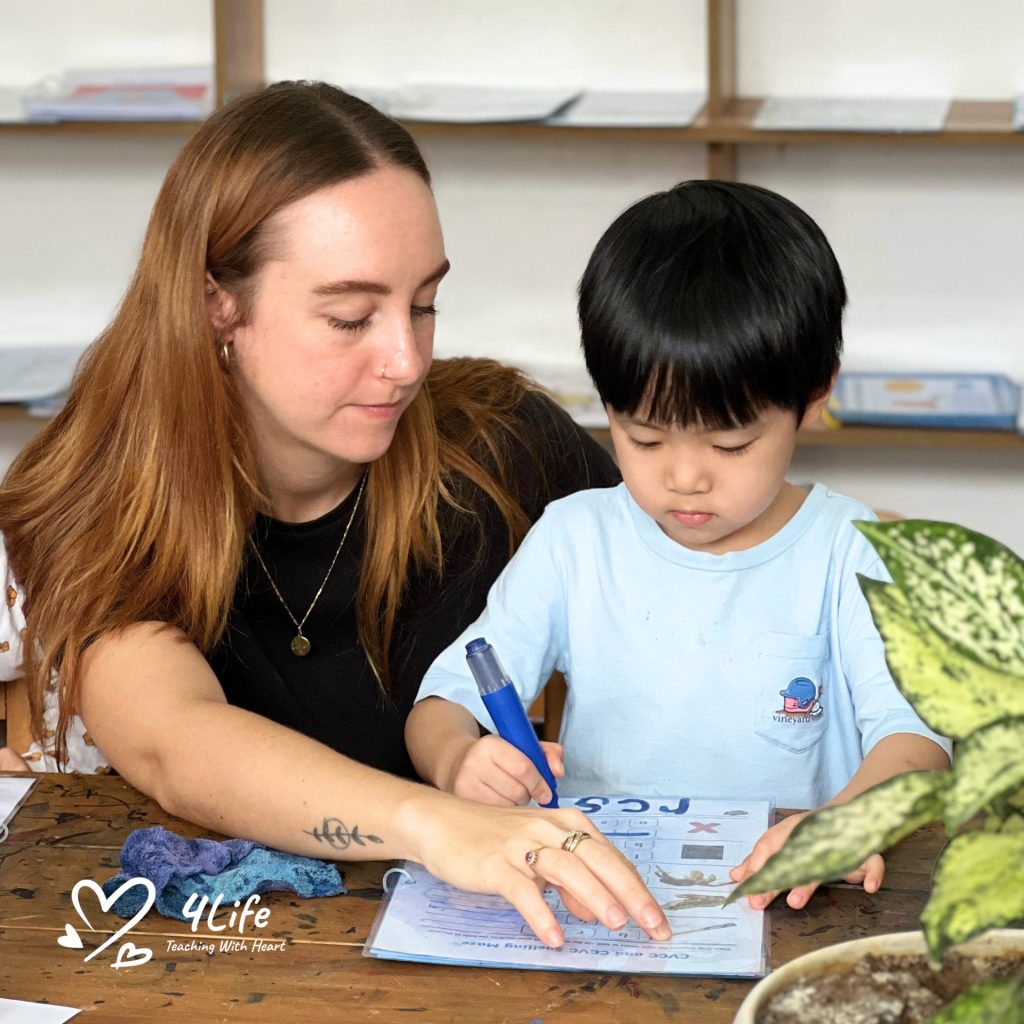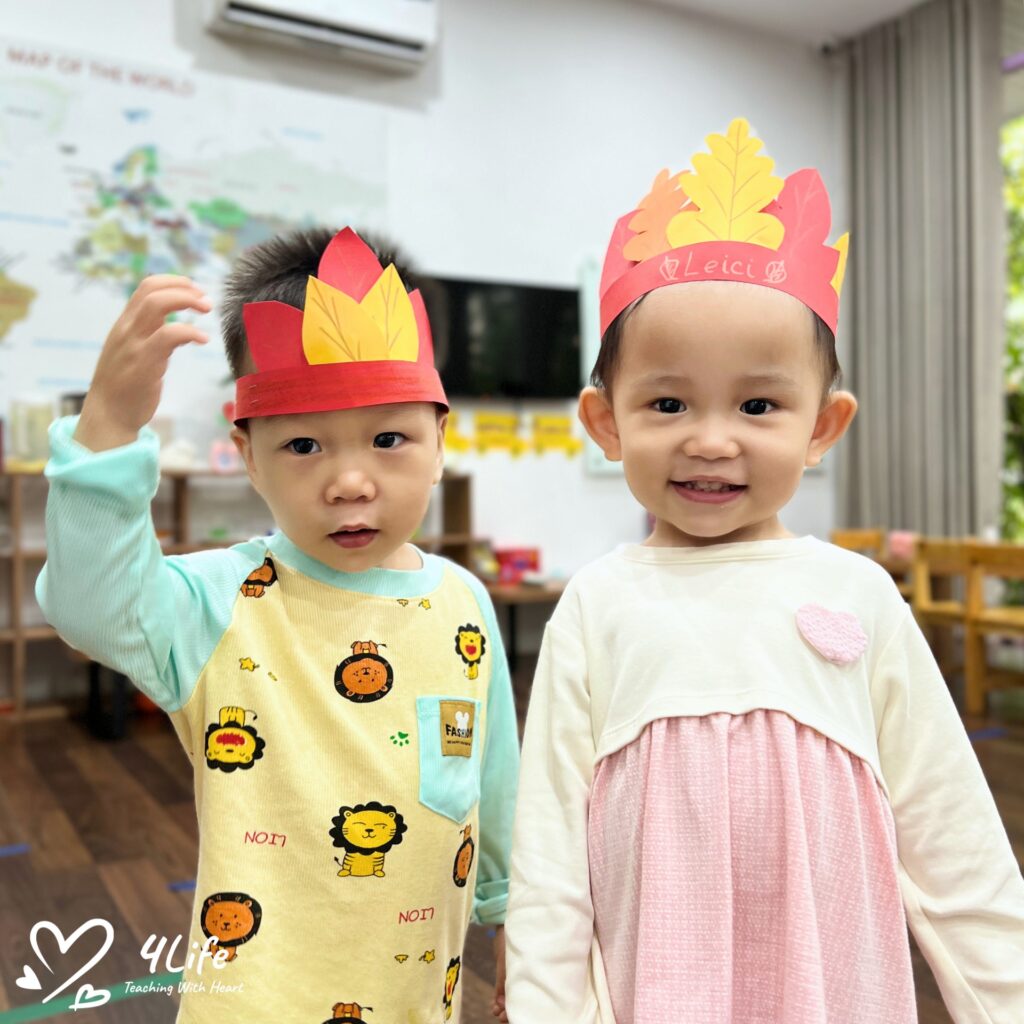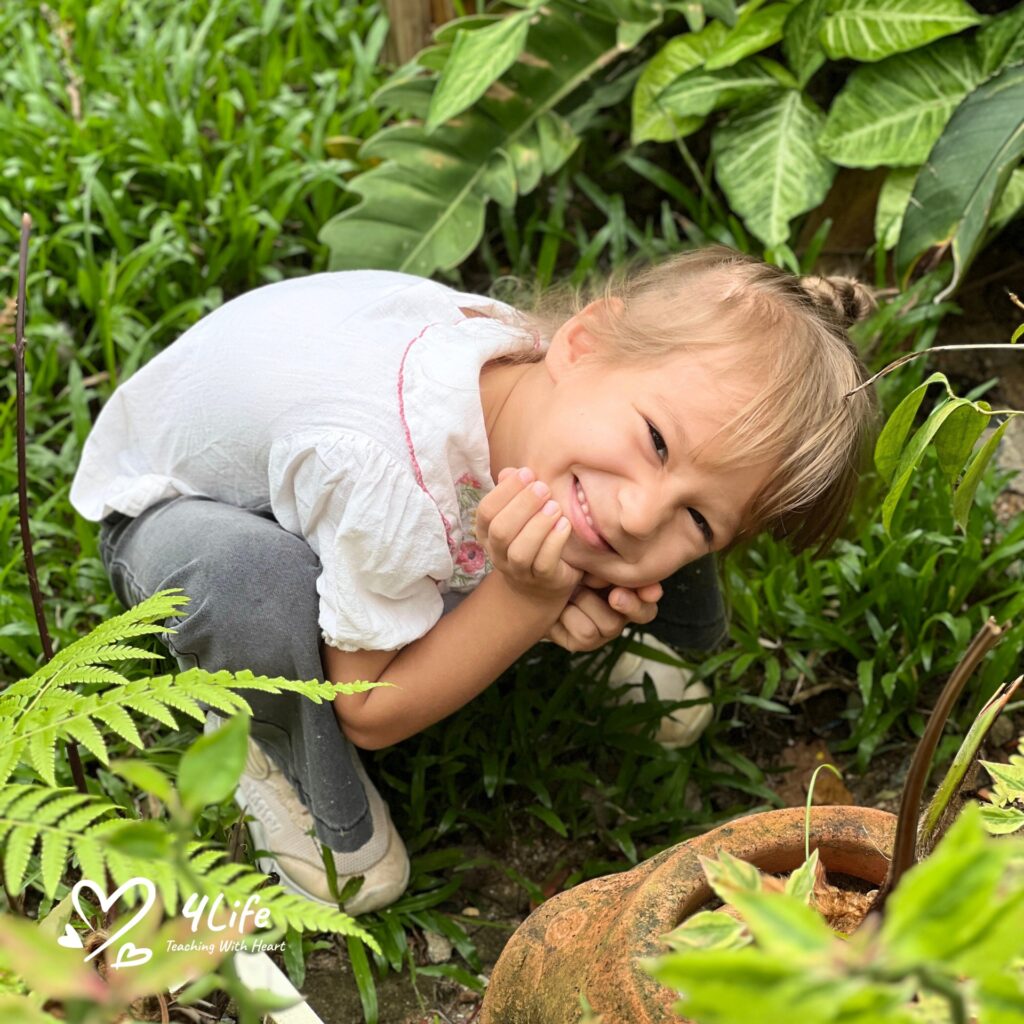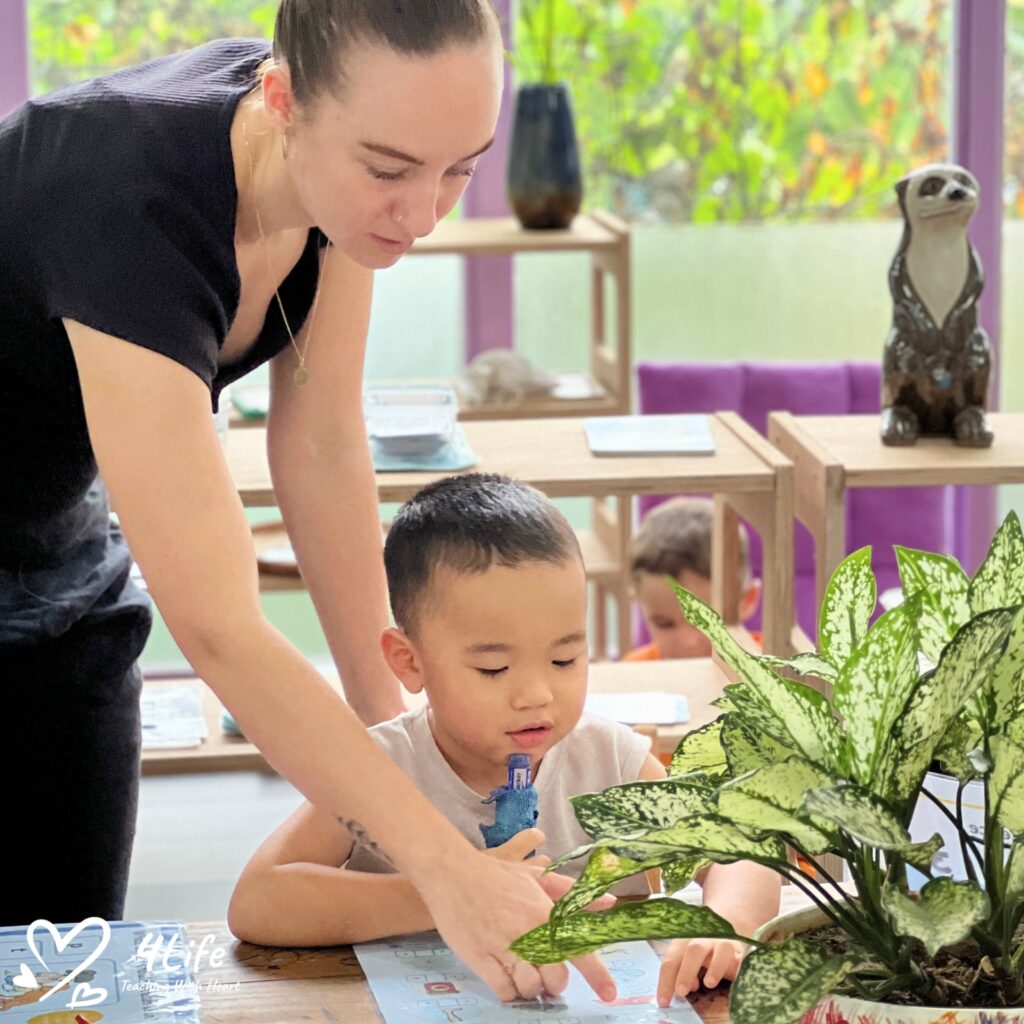There are two key components to the Montessori method: the environment, including the educational materials and exercises; and the teachers who prepare this environment. And Montessori considered her emphasis on the environment a primary element in her method.
The Prepared Environment
Dr. Montessori described this environment as a nourishing place for the child. It is designed to meet his needs for self-construction and to reveal his personality and growth patterns to us. This means that not only must it contain what the child needs in a positive sense, but all obstacles to his growth must be removed from it as well.
Although Montessori placed this unusual emphasis on the environment, it is important to keep three ideas in mind. First, she regarded the environment as secondary to life itself. “It can modify in that it can help or hinder, but it can never create.… The origins of the development both in the species and in the individual, lie within.” The child then does not grow because he happens to be placed in a nourishing environment. “He grows because the potential life within him develops, making itself visible.” Second,
the environment must be carefully prepared for the child by a knowledgeable and sensitive adult. Third, the adult must be a participant in the child’s living and growing within it.
“Children have a tendency to imitate. They must adapt to this world and be able to do all the things that are done in the environment.”
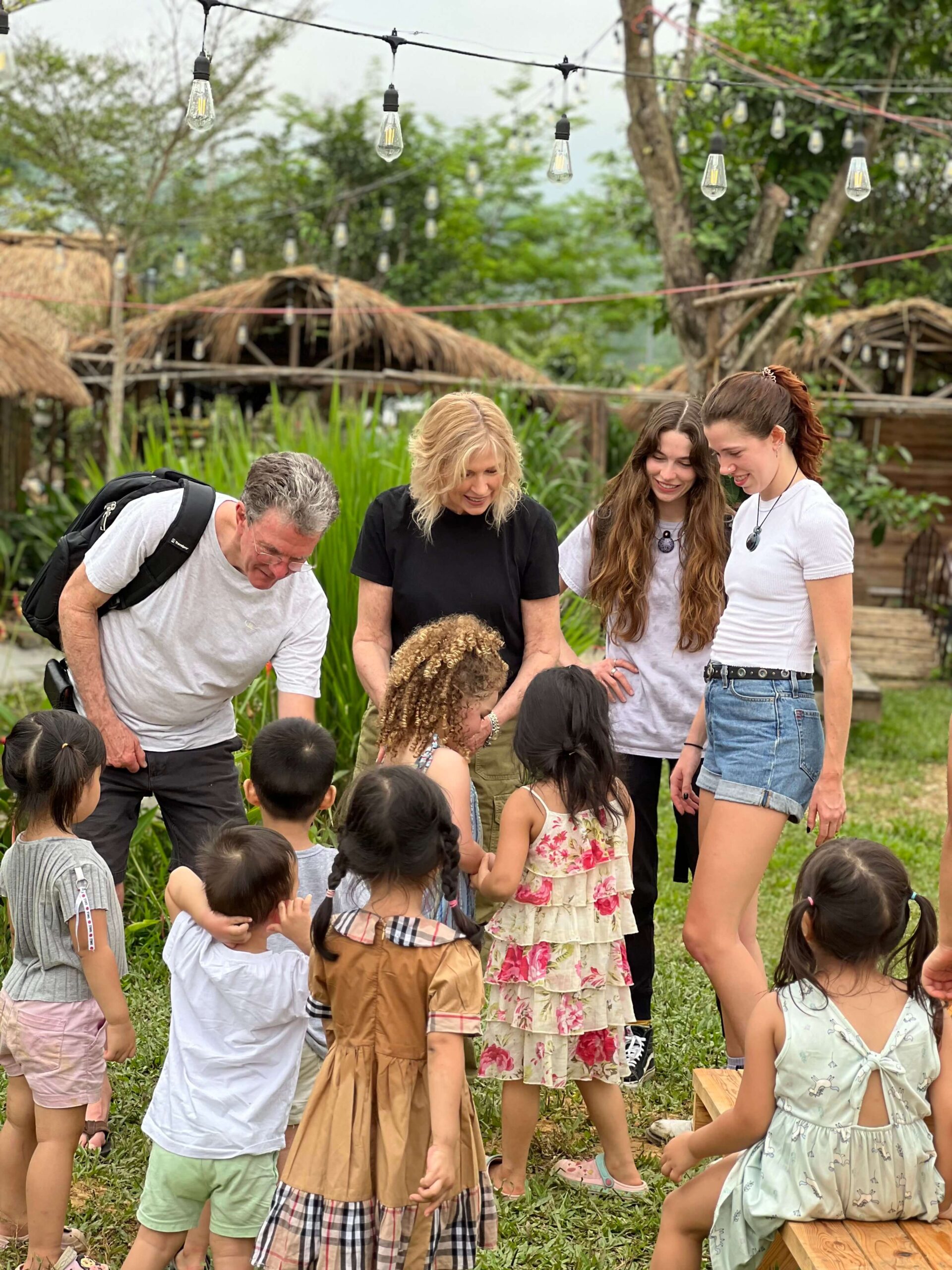
“Plainly, the environment must be a living one, directed by a higher intelligence, arranged by an adult who is prepared for his mission. It is in this that our conception differs both from that of the world in which the adult does everything for the child and from that of a passive environment in which the adult abandons the child to himself … This means that it is not enough to set the child among objects in proportion to his size and strength; the adult who is to help him must have learned how to do so.”
If the teacher is to play this key role in the environment for the child, she clearly must be open to life and the process of becoming herself. If she is a rigid person for whom life has become existing rather than growing, she will not be able to prepare a living environment for the children. Her classroom will be a static place, rather than one actively responsive to the continually changing needs of a growing child. It is essential to keep this understanding in mind before going on to a description of the Montessori environment; much will depend on the teacher’s ability to participate with the children in a life of becoming.
There are six basic components to the Montessori classroom environment: freedom, structure and order, reality and nature, beauty and atmosphere, the Montessori materials, and the development of community life.
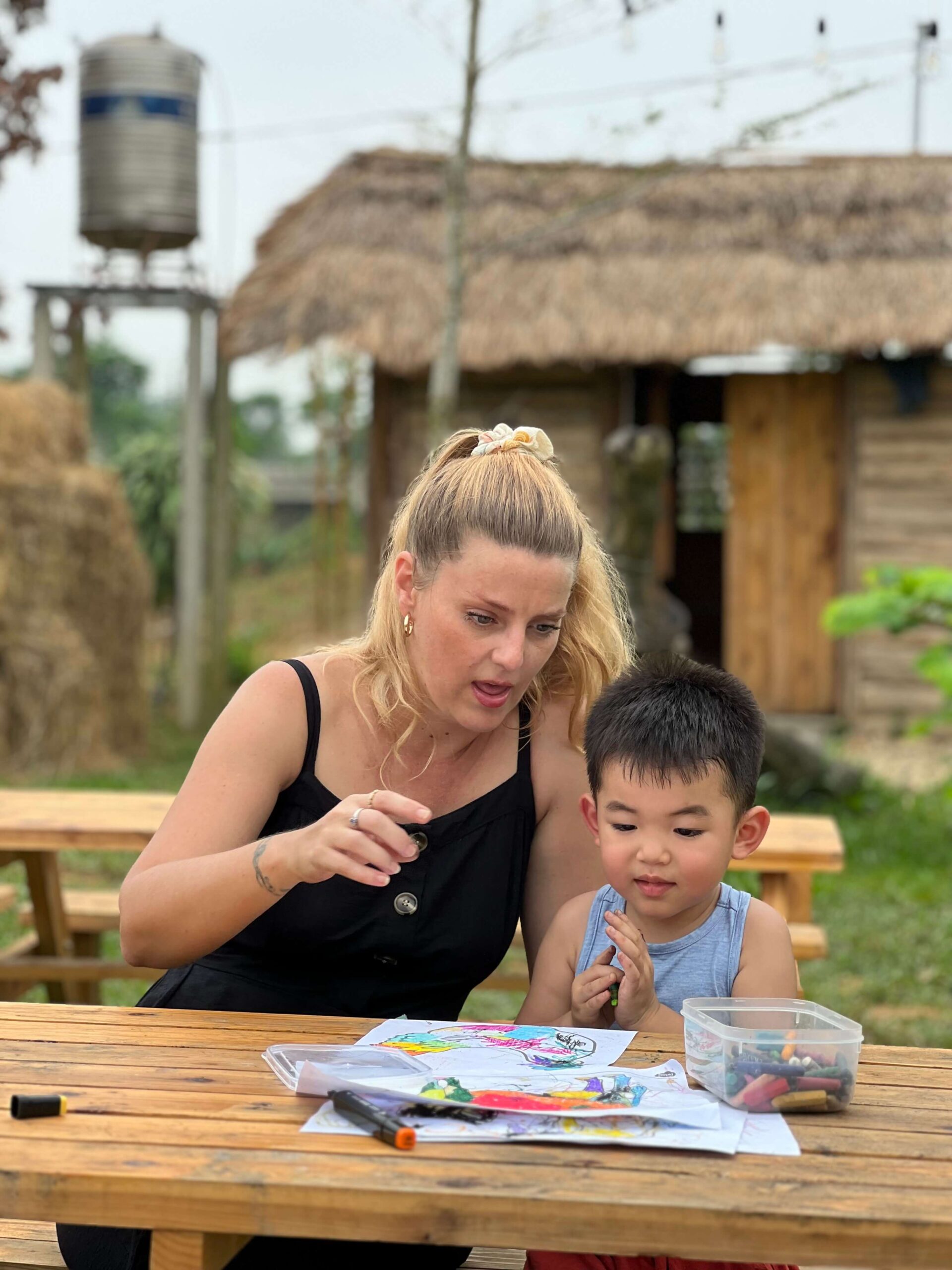
1. Freedom
Freedom is an essential element in a Montessori environment for two reasons. First, it is only in an atmosphere of freedom that the child can reveal himself to us. Since the duty of the educator is to identify and aid the child’s psychic development, he must have an opportunity to observe the child in as free and open an environment as possible. If a new education is “to arise from the study of the individual, such study must occupy itself with the observation of free children.” Second, if the child possesses within himself the pattern for his own development, this inner guide must be allowed to direct the child’s growth.
Although previous educators had espoused liberty for the child, Montessori had a new concept in mind. It is true that some pedagogues, led by Rousseau, have given voice to impractical principles and vague aspirations for the liberty of the child, but the true concept of liberty is practically unknown to educators. The freedom referred to by earlier educators was often a negative reaction to earlier domination—a release from oppressive bonds or previous submission to authority which results in an outpouring of disorder and primitive impulses. Montessori regarded a child given freedom in this situation as at the mercy of his deviations and not in command of his own will. He wouldn’t be free at all.
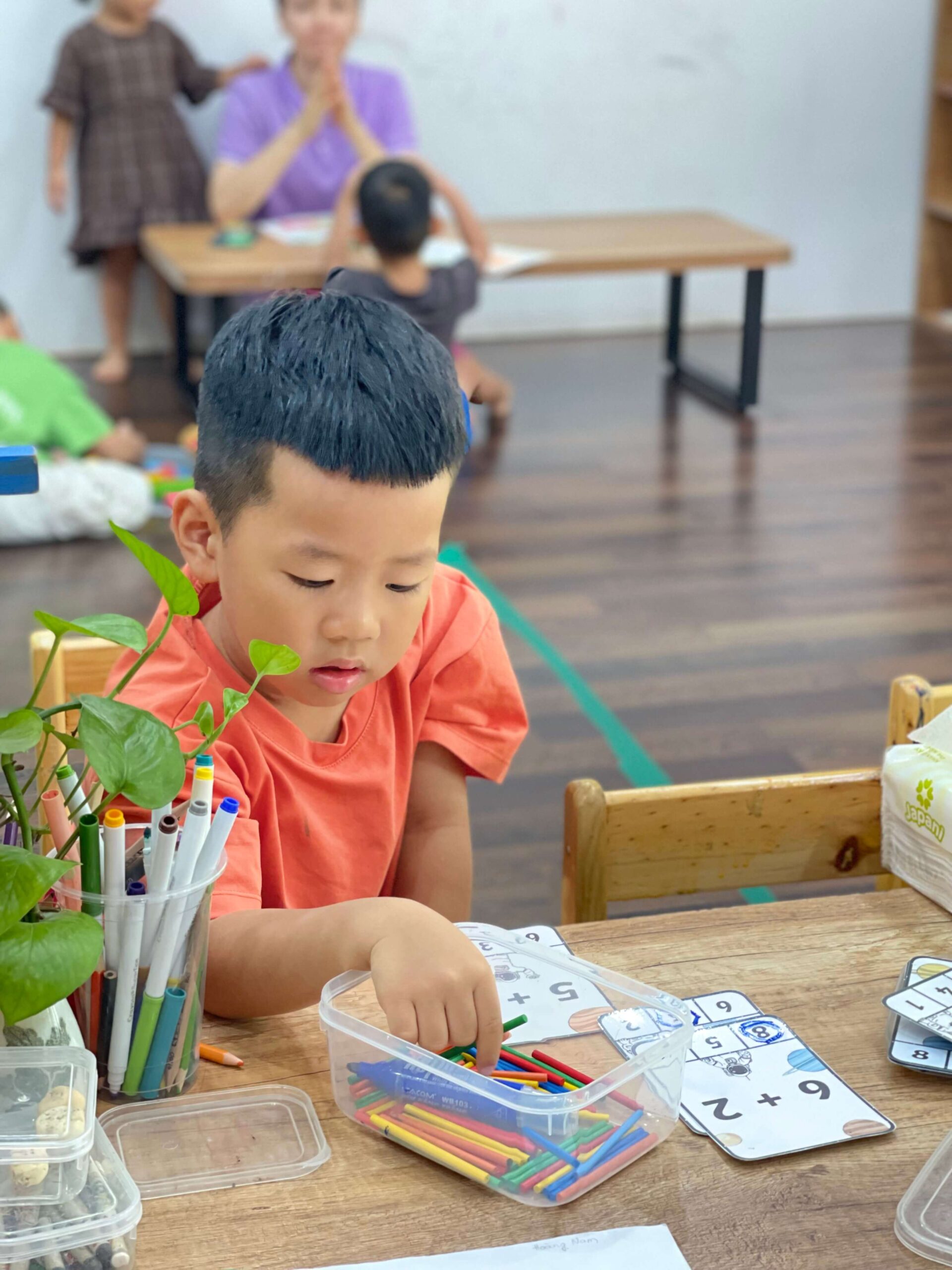
Montessori believed that freedom for the child depended upon a previous development and construction of his personality involving his independence, will, and inner discipline. “Real freedom … is a consequence of development … of latent guides, aided by education.” These latent guides within the child direct him toward the independence, will, and discipline essential for his freedom. How is he to be aided in their development?
First, he must be helped toward independence through his environment. “The absurd mistake in envisaging the freedom of the child in education has lain in imagining his hypothetical independence of the adult without corresponding preparation of the environment.” The child must be given activities that encourage independence, and he must not be served by others in acts he can learn to perform for himself.
No one can be free unless he is independent: therefore, the first, active manifestations of the child’s individual liberty must be so guided that through this activity he may arrive at independence.…
We habitually serve children; and this is not only an act of servility toward them, but it is dangerous, since it tends to suffocate their useful, spontaneous activity.… Our duty toward him is, in every case, that of helping him to make a conquest of such useful acts as nature intended he should perform.
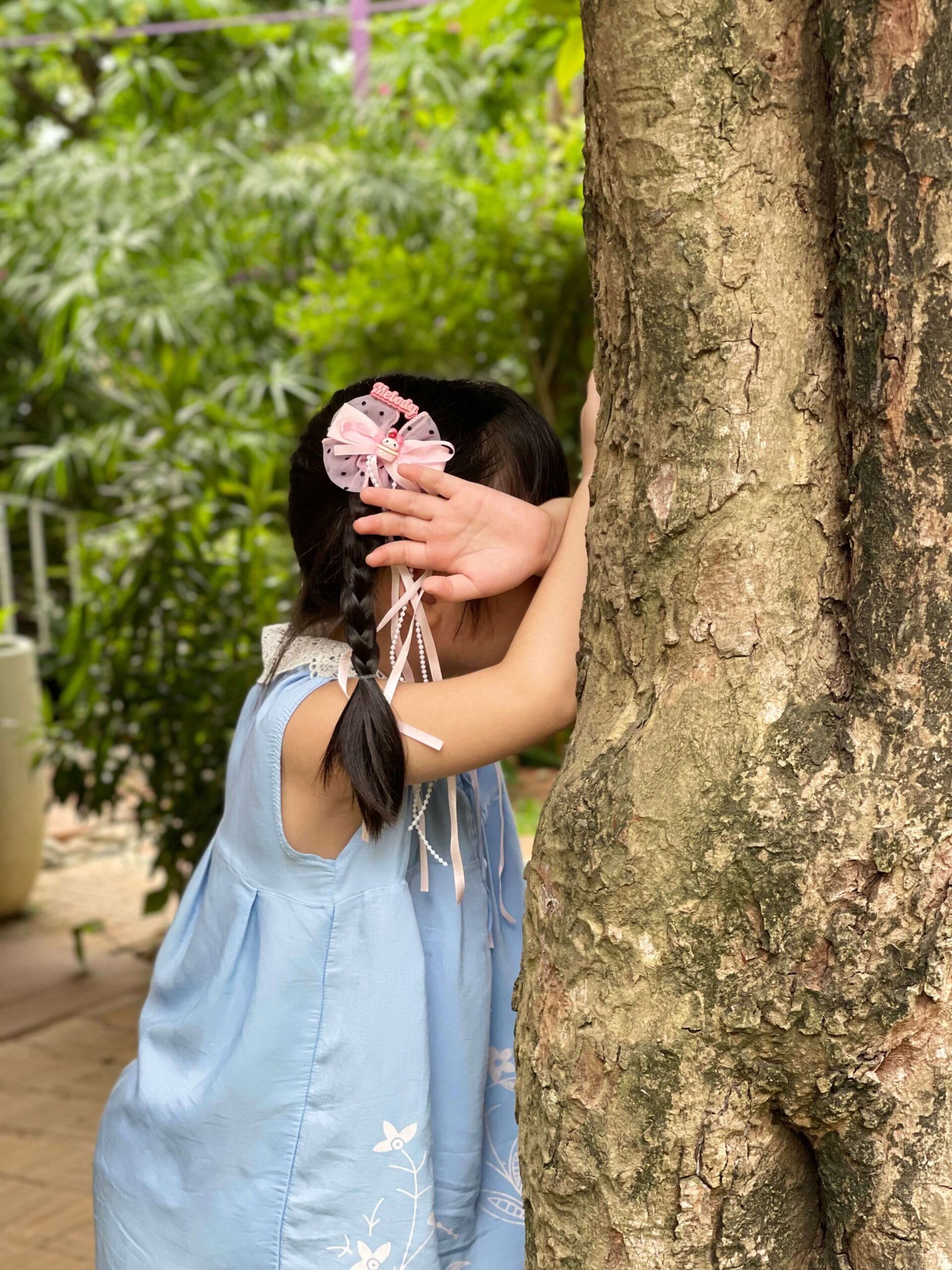
Second, the child must be aided in developing his will by being encouraged to coordinate his actions toward a given end and to achieve something he himself has chosen to do. Adults must be on their guard against tyrannizing him and substituting their wills for his.
Third, the child must be aided in developing discipline by being provided with opportunities for constructive work. “To obtain discipline … it is not necessary for the adult to be a guide or mentor in conduct, but to give the child the opportunities of work.” The process whereby inner discipline results from the child’s work will be discussed in more detail later, but its key role should be kept in mind.
Fourth, the child must be aided in developing a clear understanding of good and evil. “The first idea that the child must acquire, in order to be actively disciplined, is that of the difference between good and evil.” To achieve this distinction, the adult must set firm limits against destructive and asocial actions.
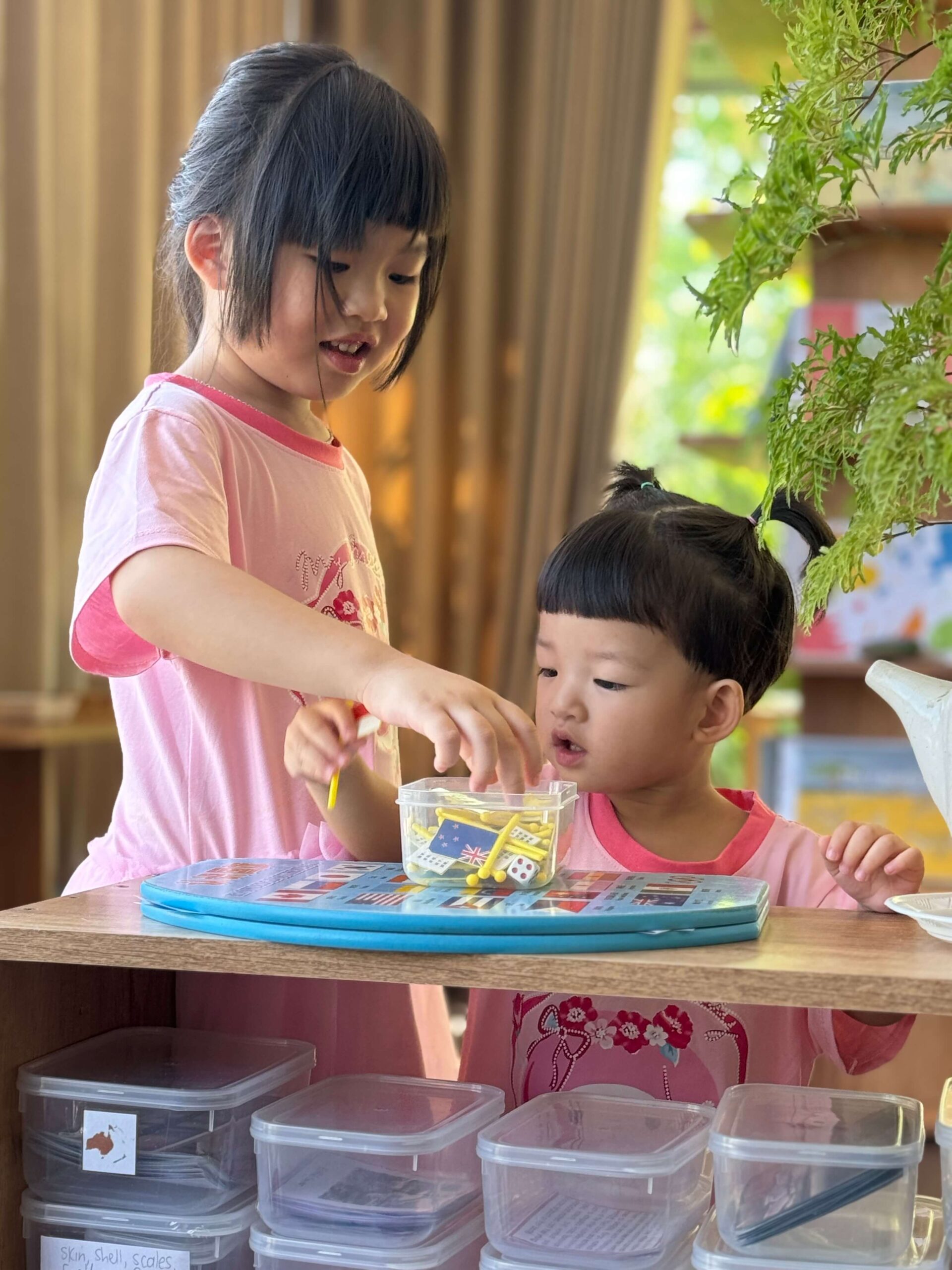
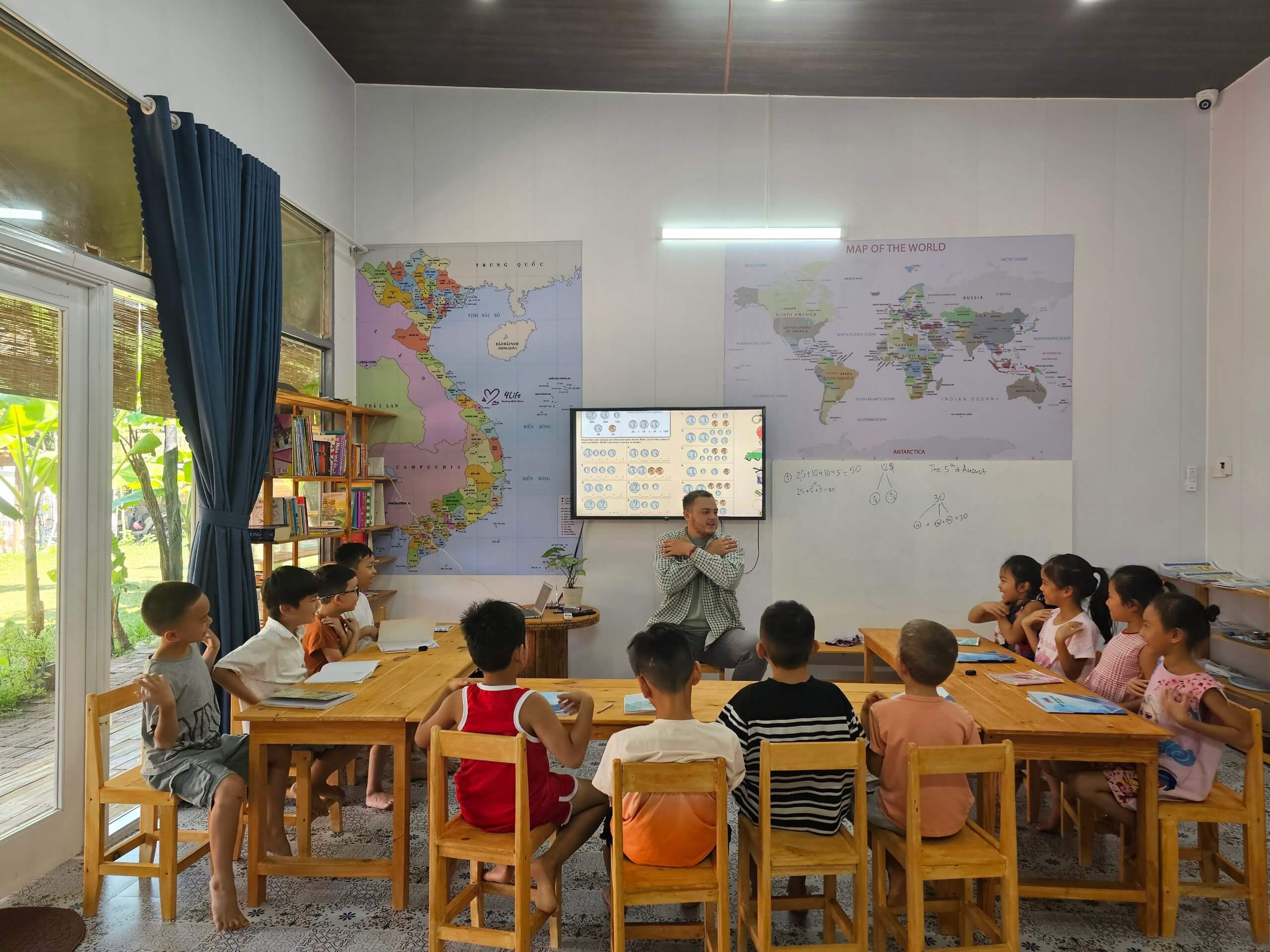
2. Structure and order
The underlying structure and order of the universe must be reflected in the classroom if the child is to internalize it, and thus build his own mental order and intelligence. Through this internalized order, the child learns to trust his environment and his power to interact with it in a positive way. It insures for the child the possibility of purposeful activity. He knows where to go to find the materials of his choice. To assist him in his choice, the materials are grouped according to the interest they appeal to, and arranged in sequence as to their difficulty or the degree of complication.
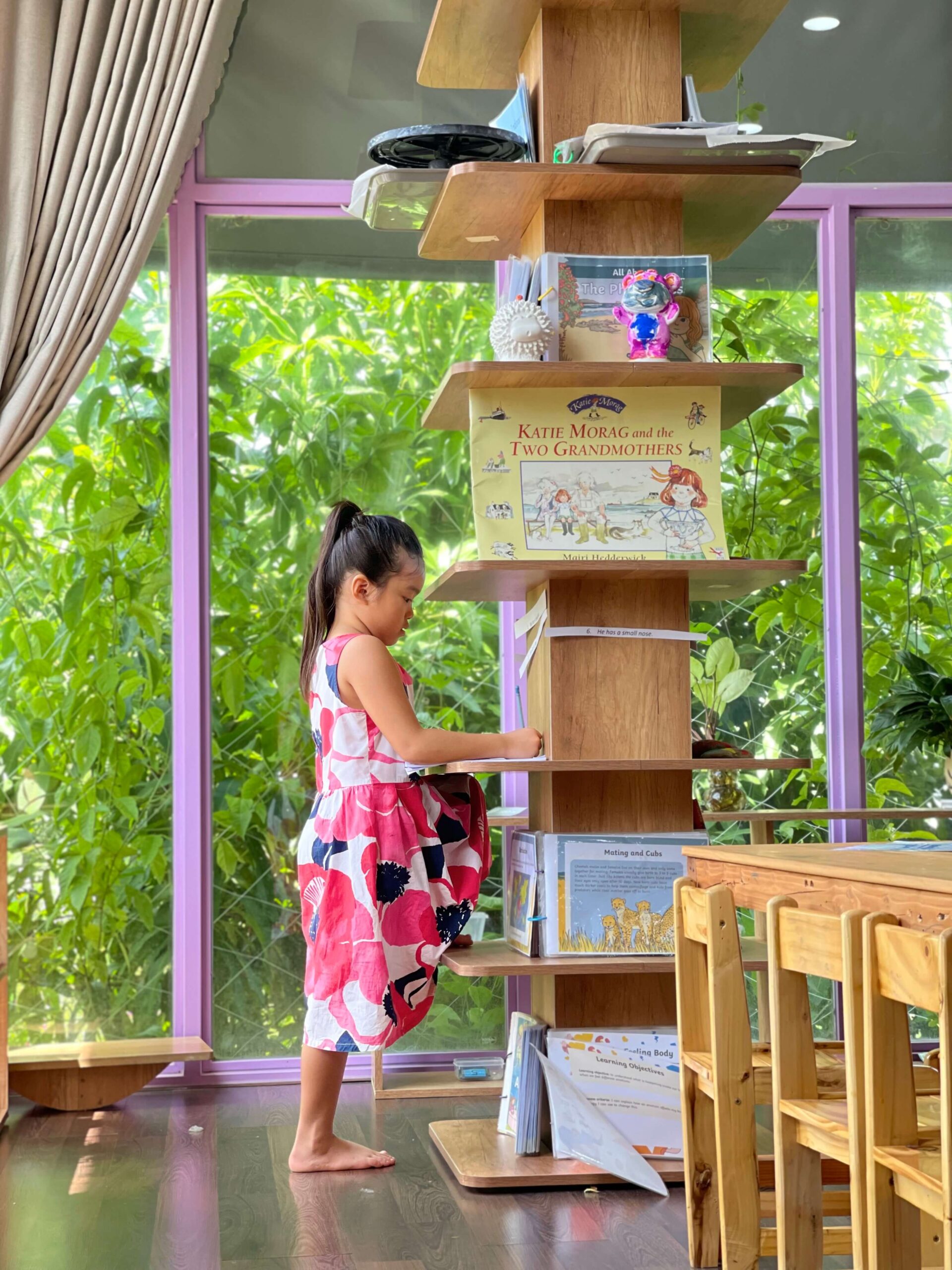
Order means that the child is assured the possibility of a completed cycle of activity in using the materials. He will find all the pieces needed for the exercise he chooses; nothing will be broken or missing. No one will be permitted to interrupt him or to interfere with his work. He will return the materials to the place – and in the condition-in which he found them. By returning the materials, the child not only participates in the full cycle of activity, but becomes an integral partner in maintaining the order of the classroom. The matter-of-fact way in which the child accepts this responsibility in a Montessori classroom often comes as a surprise to parent and educator alike. We are accustomed to observing children in environments that are not structured for their needs, and therefore we do not often have an opportunity to witness this aspect of their developing natures.
“When we look into the actions of all living things we see that each does not work for his own benefit only. There is an order in nature. This order comes because each one does its own work in its own place; if it did not, there could be no order.”

Although it is essential that the environment be ordered, it is not necessary or desirable for every item to remain in exactly the same place. In practice, an alert teacher will find it necessary to rearrange continuously many individual items in the environment in order to keep it a living place, responsive to the children as they grow. For example, a teacher who feels a piece of material may have become part of the background and thus overlooked, or who wishes to draw a child’s attention to an exercise without obvious direction, may place the material on a table in a prominent part of the room for a day or two. The teacher will find the flexibility she needs to maintain the necessary order in the classroom, without creating a static environment, if she keeps in mind the underlying purpose of structure for the child: it is not to serve the needs of insecure or rigid adults, but to aid children in building their intelligence and trust in the environment.
3. Reality and nature
A third component of the Montessori environment is its emphasis on reality and nature.
The child must have the opportunity to internalize the limits of nature and reality if he is to be freed from his fantasies and illusions, both physical and psychological. Only in this way can he develop the self-discipline and security he needs to explore his external and internal worlds and to become an acute and appreciative observer of life. The equipment in the classroom, therefore, is geared to bringing the child into closer contact with reality. A refrigerator, stove, sink, and telephone are all authentic.
The silver to be polished is tarnished. Nourishing food is prepared and served. Not only is the equipment realistic, but it is not designed to hide and, therefore, encourage errors. The furniture is light, and reasonable care must be taken not to knock it over. Often real glasses are used for juice, a heated iron for ironing, a sharp knife for cutting vegetables.
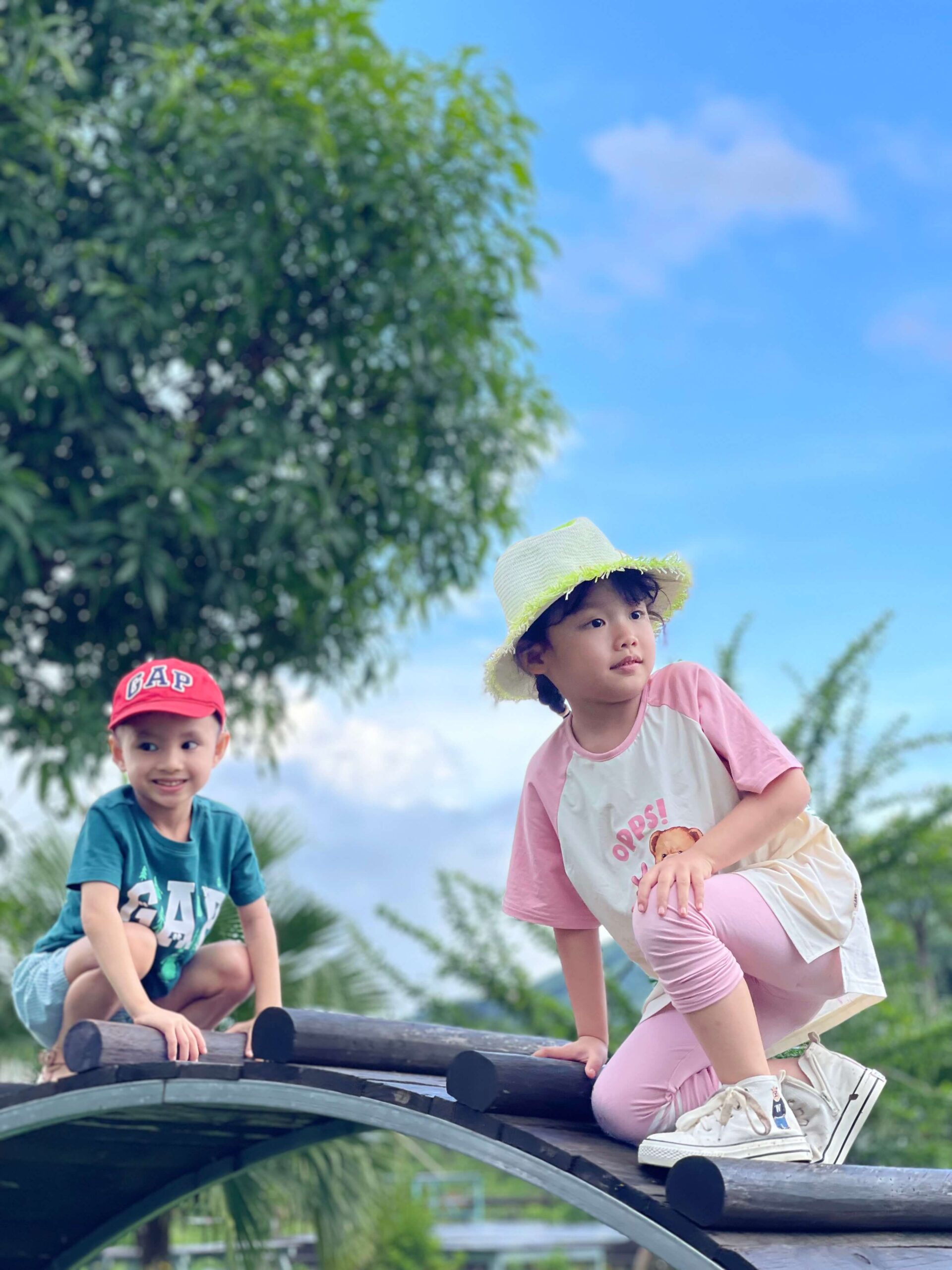
Also in keeping with the real world, where everyone cannot have the same thing at once, there is only one piece of each type of equipment in the Montessori classroom. Because he has no alternative, the child learns to wait until another is finished if the exercise he wants is in use. “The child comes to see that he must respect the work of others, not because someone has said he must, but because this is a reality he meets in his daily experience.”
Montessori emphasized the importance of contact with nature for the developing child. Man “still belongs to nature, and, especially when he is a child, he must needs draw from it the forces necessary to the development of the body and of the spirit.” The method she favoured for the initial contact with nature was through the care of plants and animals. Montessori was aware that, with the spread of urban life, it would be increasingly difficult to satisfy this deep need of the child.
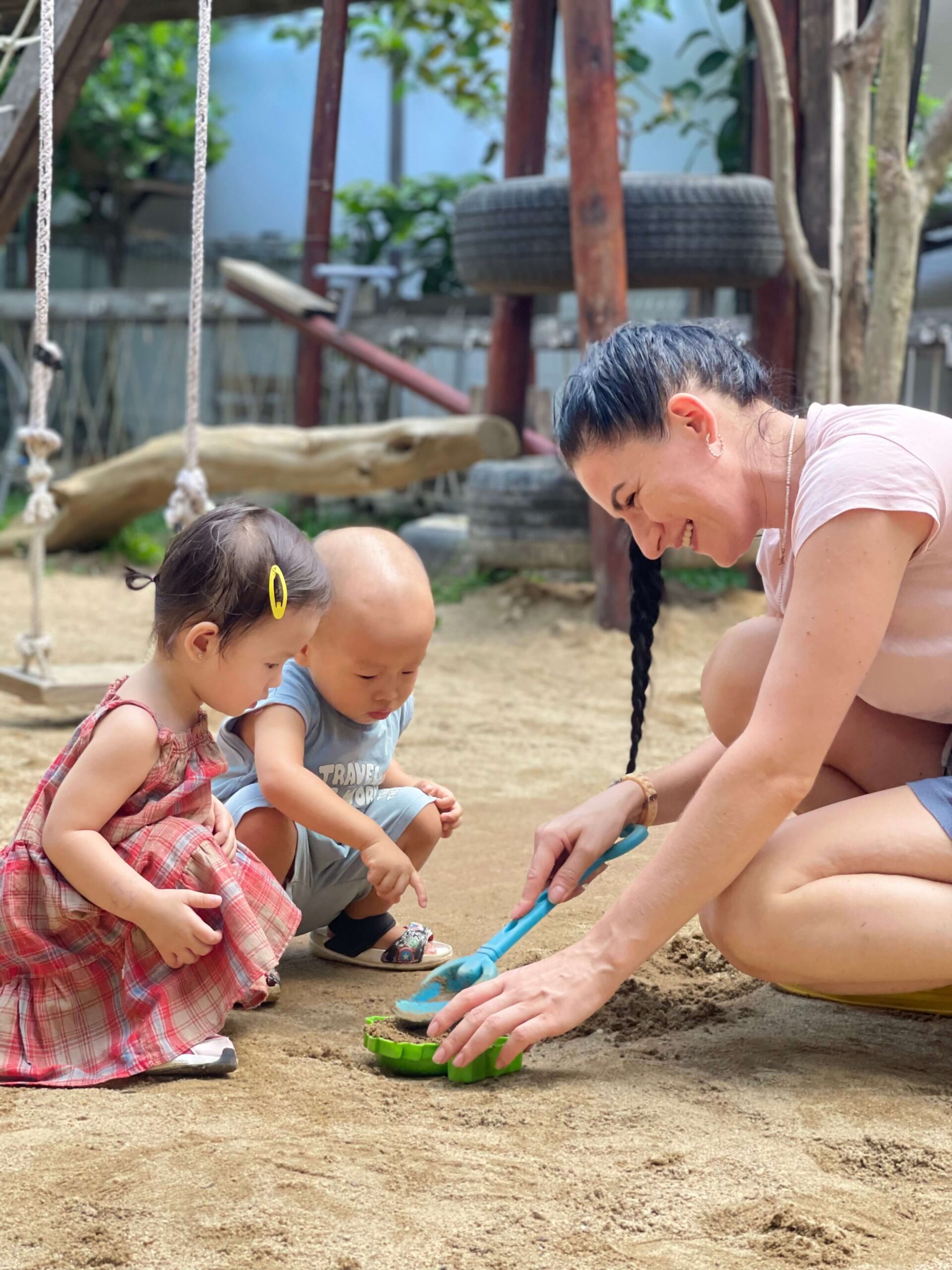
She was, however, insistent “There must, however, be provision for the child to have contact with Nature; to understand and appreciate the order, the harmony, and the beauty in Nature; and also to master the natural laws which are the basis of all sciences and arts, so that the child may better understand and participate in the marvelous things which civilization creates. Speeding up the march of civilization and at the same time being in touch with Nature create a difficult social problem. It thus becomes a duty of society to satisfy the needs of the child at various stages of development, if the child and consequently society and mankind are not to go under but are to advance on the road of progress.”
This emphasis on nature should permeate the atmosphere of the Montessori environment, and be one of its most readily recognizable components. The room and outside area should be alive with growing things of all kinds which are cared for by the children. In addition, there should be magnifying glasses, microscopes, and simple experiments of many varieties for the children to perform themselves. Perhaps most important of all, the children must have unhurried time in the woods and country to discover oneness with creation and absorb the wonder of the natural world.
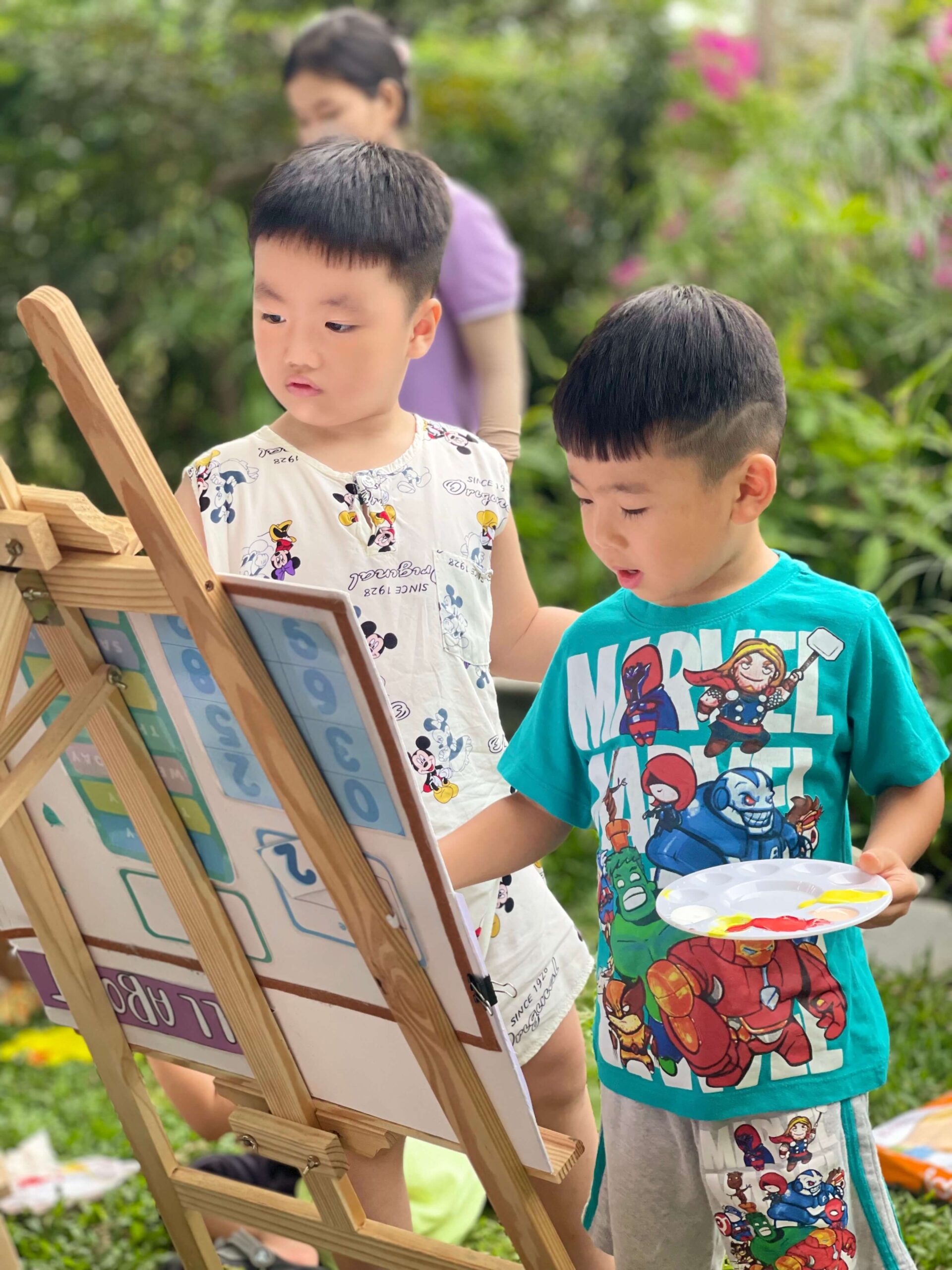
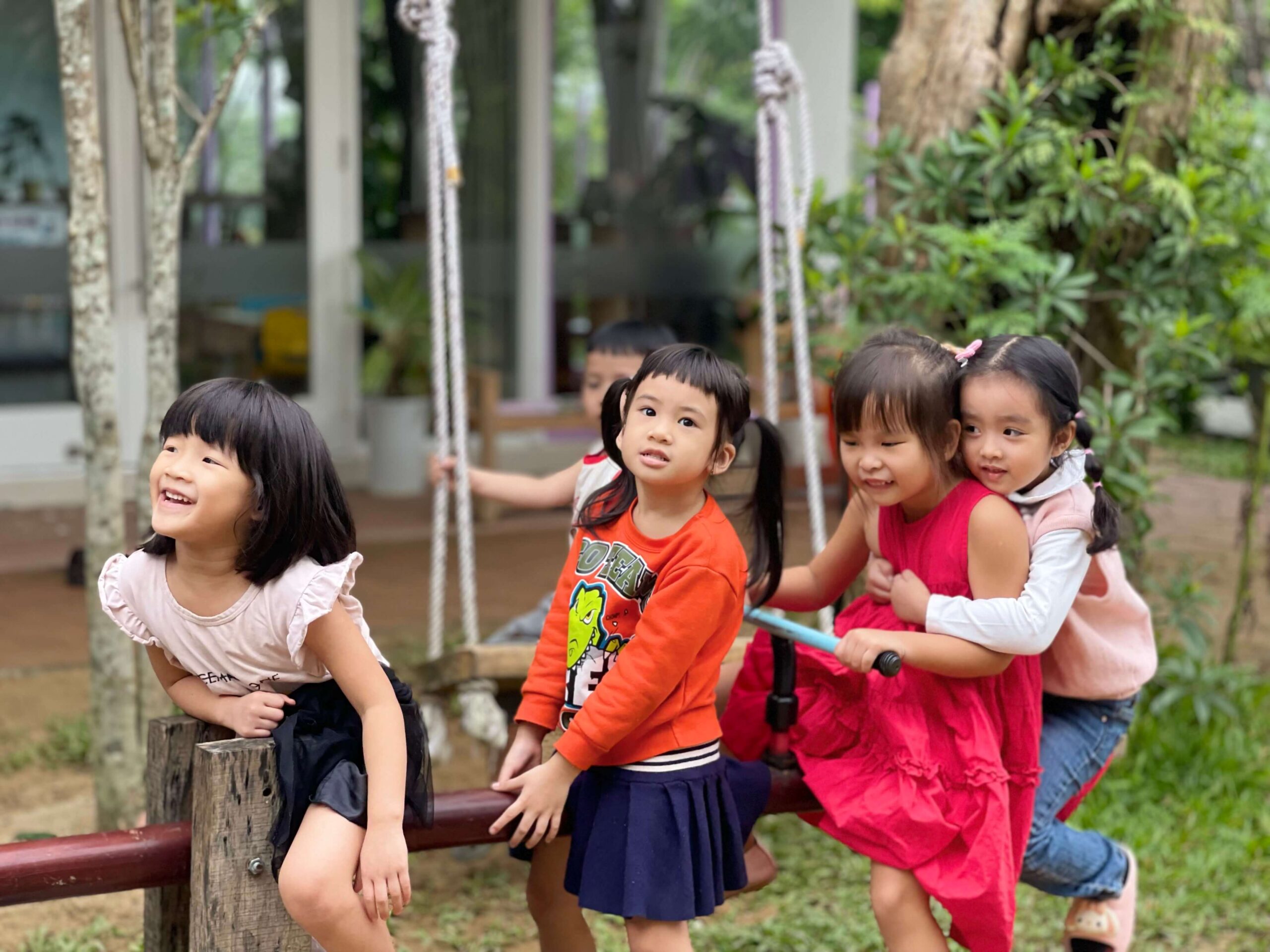
4. Beauty and atmosphere
Closely connected with an emphasis on nature is a fourth concept fundamental to the Montessori environment—beauty and an atmosphere that encourages a positive and spontaneous response to life. Perhaps because Dr. Montessori began her life as an educator with children from insane asylums and slums, she was particularly sensitive to this need of the child. She regarded beauty not as an extra aid for the developing child, but as a positive need in calling forth his power to respond to life. Because true beauty is based upon simplicity, the classroom need not be an elaborate place; but everything within it must be of good design and quality, and as carefully and attractively displayed as a well-planned exhibit. The colors should be bright and cheerful, and harmoniously arranged. The atmosphere of the room must be relaxing and warm, and invite participation.
5. The Montessori materials
A fifth component of the classroom, the Montessori equipment, is widely publicized and its role often misunderstood. Because of their visibility, the Montessori materials tend to be overemphasized in relation to the other elements in the Montessori method. In addition, their purpose is often confused. They are not learning equipment in the conventional sense, because their aim is not the external one of teaching children skills or imparting knowledge through “correct usage.” Rather, the aim is an internal one of assisting the child’s self-construction and psychic development. They aid this growth by providing the child with stimuli that capture his attention and initiate a process of concentration.
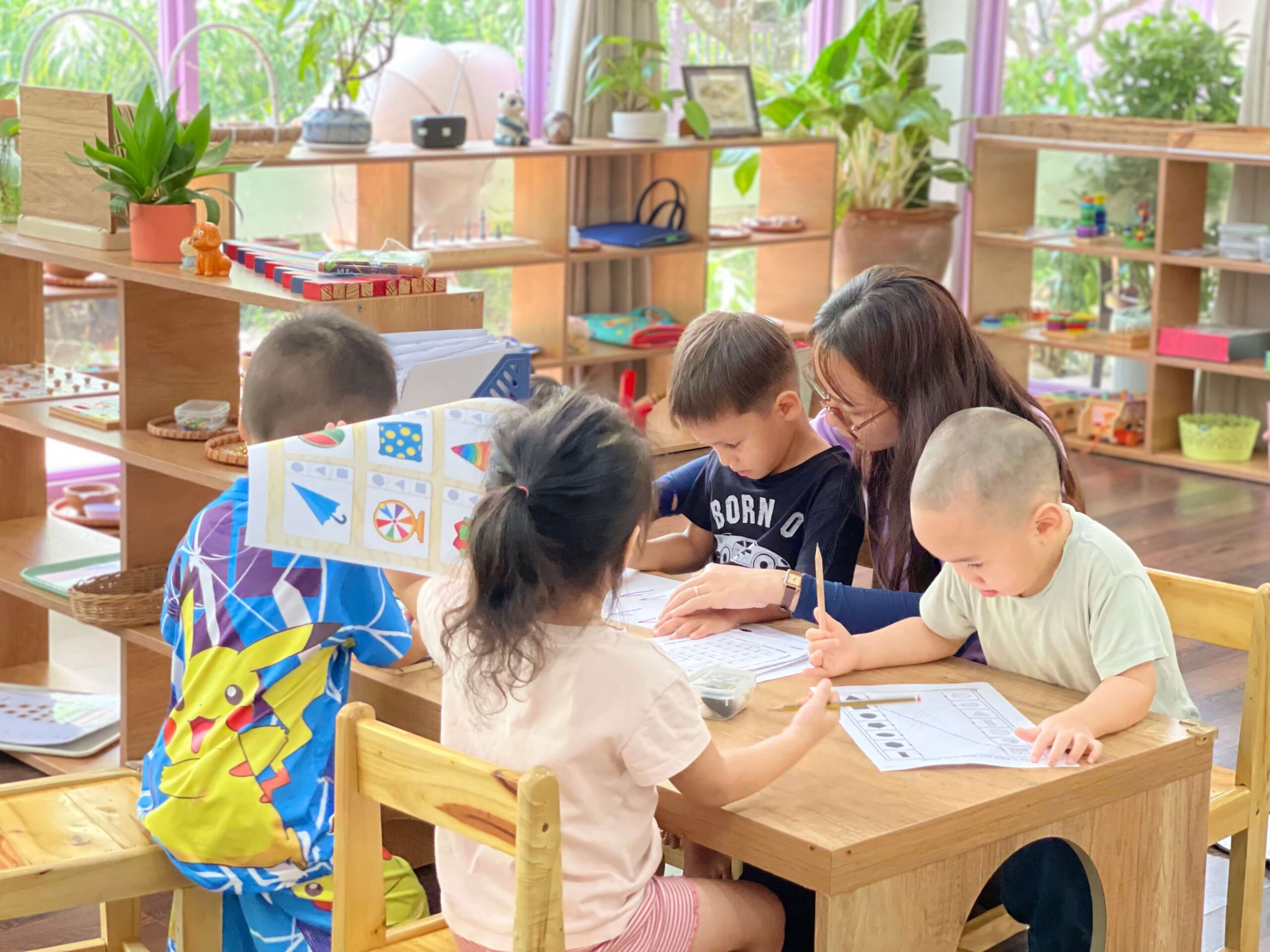
“The first essential for the child’s development is concentration.… He must find out how to concentrate, and for this he needs things to concentrate upon.… Indeed, it is just here that the importance of our schools really lies. They are places in which the child can find the kind of work that permits him to do this.”
In order to serve their purpose of internal formation, the materials must correspond to the child’s inner needs. This means that any individual material must be presented to the child at the right moment in his development. Montessori suggested age levels for introducing each of her materials to the child; however, the sensitive moment for introduction to any individual child must be determined by observation and experimentation.
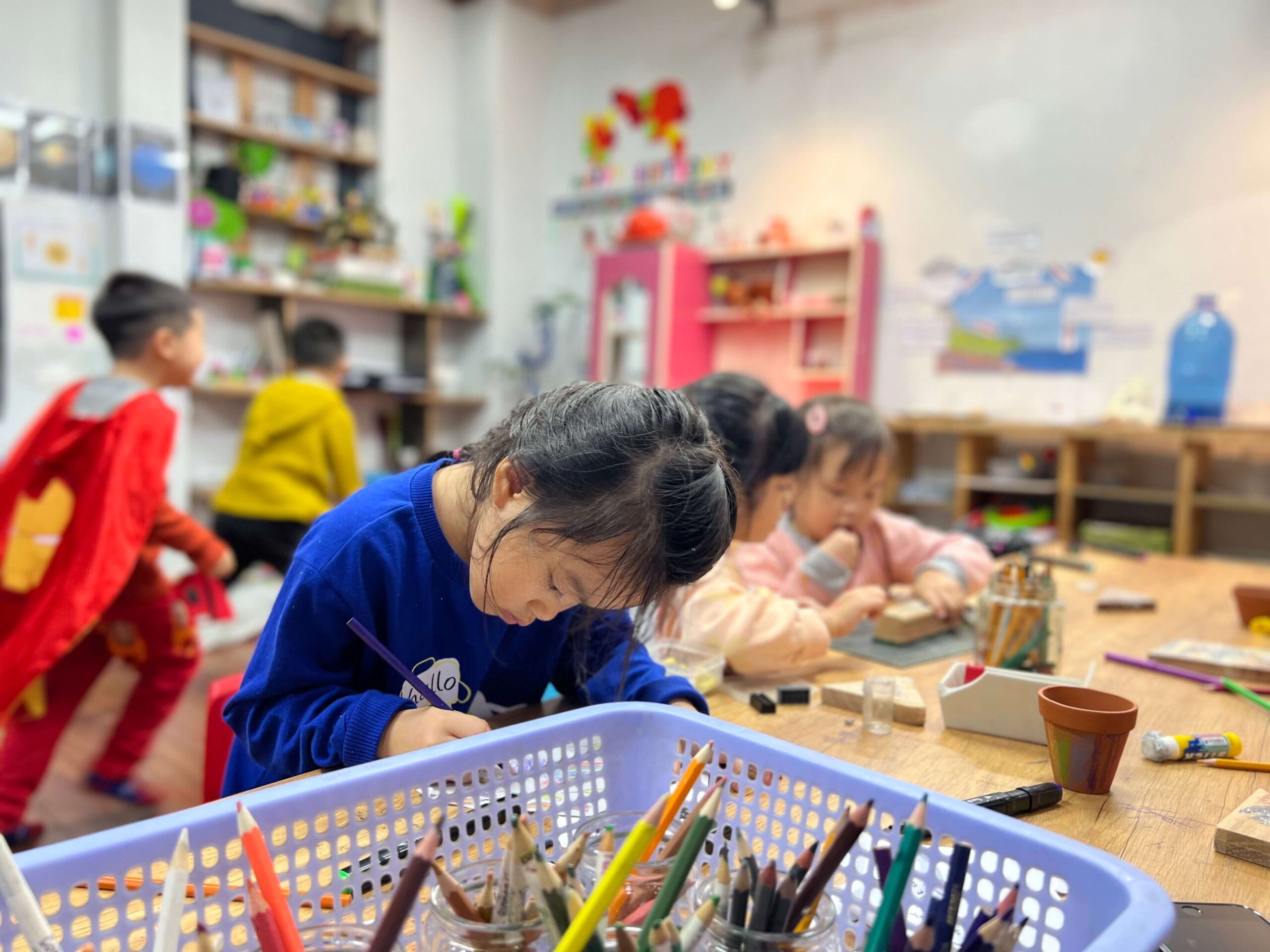
The teacher watches for the quality of concentration in the child and for a spontaneous repetition of his actions with a material. These responses will indicate the meaningfulness of the material to him at that particular moment in his growth and whether the intensity of the stimulus which that material represents for him is also matched to his internal needs. Both the material itself and the intensity of stimulus it presents can be varied to meet the child’s inner needs. The quantity of the stimuli also must be adjusted to the child’s needs. “An excessive quantity of the educative material … may dissipate the attention, render the exercises with the objects mechanical, and cause the child to pass by his psychological moment of ascent without perceiving it and seizing it.… Over-abundance debilitates and retard progress; this has been proved again and again.”
Because matching the materials to the child’s inner needs is essential, there can be no rote following of the designed progression in introducing the materials. The teacher must be flexible in altering the sequence or omitting materials an individual child shows no need for.

Because educational materials of the past had been designed for a passive child waiting to receive instructions, Montessori considered her materials a “scientific departure” from the past. Her materials instead are based on the conception of an active personality—reflex and associative—developing itself by a series of reactions induced by systematic stimuli which have been determined by experiment. This new pedagogy accordingly belongs to the series of modern sciences.… The “method” which informs it—namely, experiment, observation, evidence or proof, the recognition of new phenomena, their reproduction and utilization—undoubtedly place it among the experimental sciences.
Montessori materials are designed for auto-education, and the control of error lies in the materials themselves rather than in the
teacher. The control of error guides the child in his use of the materials and permits him to recognize his own mistakes.
This new approach to education, suggested to her by the work of Itard and Séguin, was regarded by Montessori as her “initial contribution to education” and “the key” to the continuation of her work.

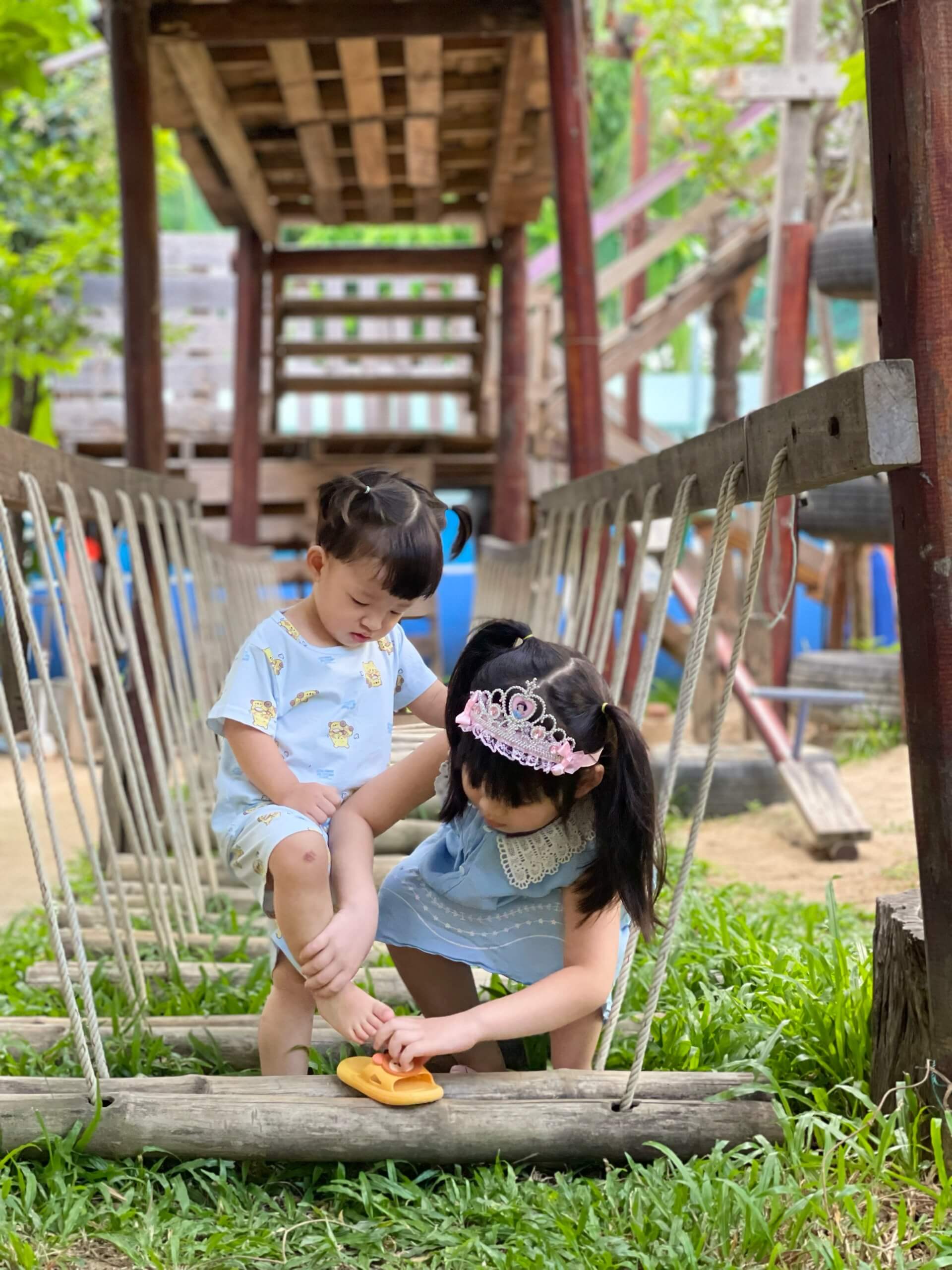
6. The development of community
This development is aided by several key elements in the Montessori method. One of these is the sense of ownership and responsibility the children develop toward the classroom environment, largely because the classroom is indeed theirs and theirs alone. Everything in it is geared to their needs—physical, intellectual, and emotional. The teacher herself has no possessions there, not even a desk or chair of adult dimensions. The children are the key source of maintaining the daily order and care of the classroom. It is they who return the materials to the shelves, who polish the tables and care for the plants and animals.
A second element in the development of community life is the responsibility the children begin to feel for each other. Because the children for the most part work independently, particularly in the early years, many people do not understand how this social concern is developed in Montessori classrooms. Montessori gave the children freedom in their social relations, limiting their actions only when they interfered with the rights of others. Through this freedom the child’s natural interest in others and desire to help them grow naturally.
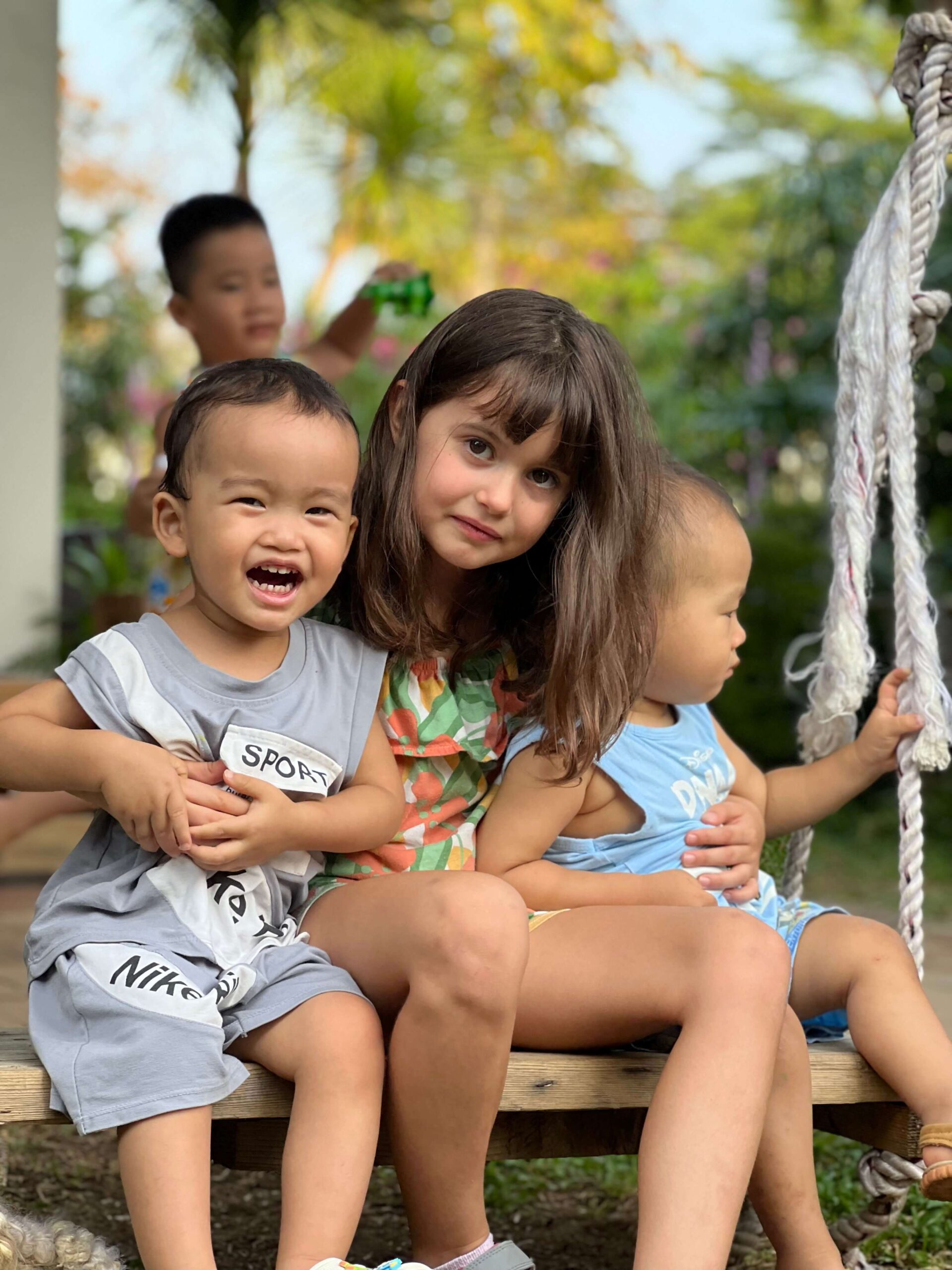
A third element aiding the development of community life is the inclusion of children of differing ages in each class. class, with one-third of his companions being new each year. This emphasis on age mix is based in large part on the help older children are found to give spontaneously to the younger ones, as well as the inspiration and example they provide.
Not only did Montessori mix the ages of the children in each class; the classes themselves are ideally separated not by solid walls but by “waist-high partitions; and there is always easy access from one classroom to the next … one can always go for an intellectual walk.” Thus the younger children are inspired by exposure to the possibilities of their future, and older children can retreat temporarily to a simpler and less challenging environment when they have such a need.
“People sometimes fear that if a child of five gives lessons, this will hold him back in his own progress. But, in the first place, he does not teach all the time and his freedom is respected. Secondly, teaching helps him to understand what he knows even better than before. He has to analyze and rearrange his little store of knowledge before he can pass it on. So his sacrifice does not go unrewarded.”
The Montessori Teacher
The Montessori teacher who is responsible for these six components of the prepared environment for the child should perhaps not be called a teacher at all. Montessori called her a “directress.” This translation from the Italian still does not convey the role the Montessori teacher plays in the child’s life, however, for her approach is actually an indirect rather than a direct one. It is similar to that used in therapy, where the goal is not to impose the will of one person on another, but to set free the individual’s own potential for constructive self-development. In this further
discussion of the Montessori teacher, it would be helpful to keep in mind this distinction between the teacher as understood in the
traditional sense and the teacher of the Montessori approach.
It has already been said that the teacher must be a growing person, one who is involved in ever striving toward his or her own potential. In order to be involved in this process of becoming, a person must have a realistic knowledge of self and be capable of reflecting objectively on one’s own capabilities and behavior. This development of self-knowledge is an essential first step toward
becoming a successful Montessori teacher.
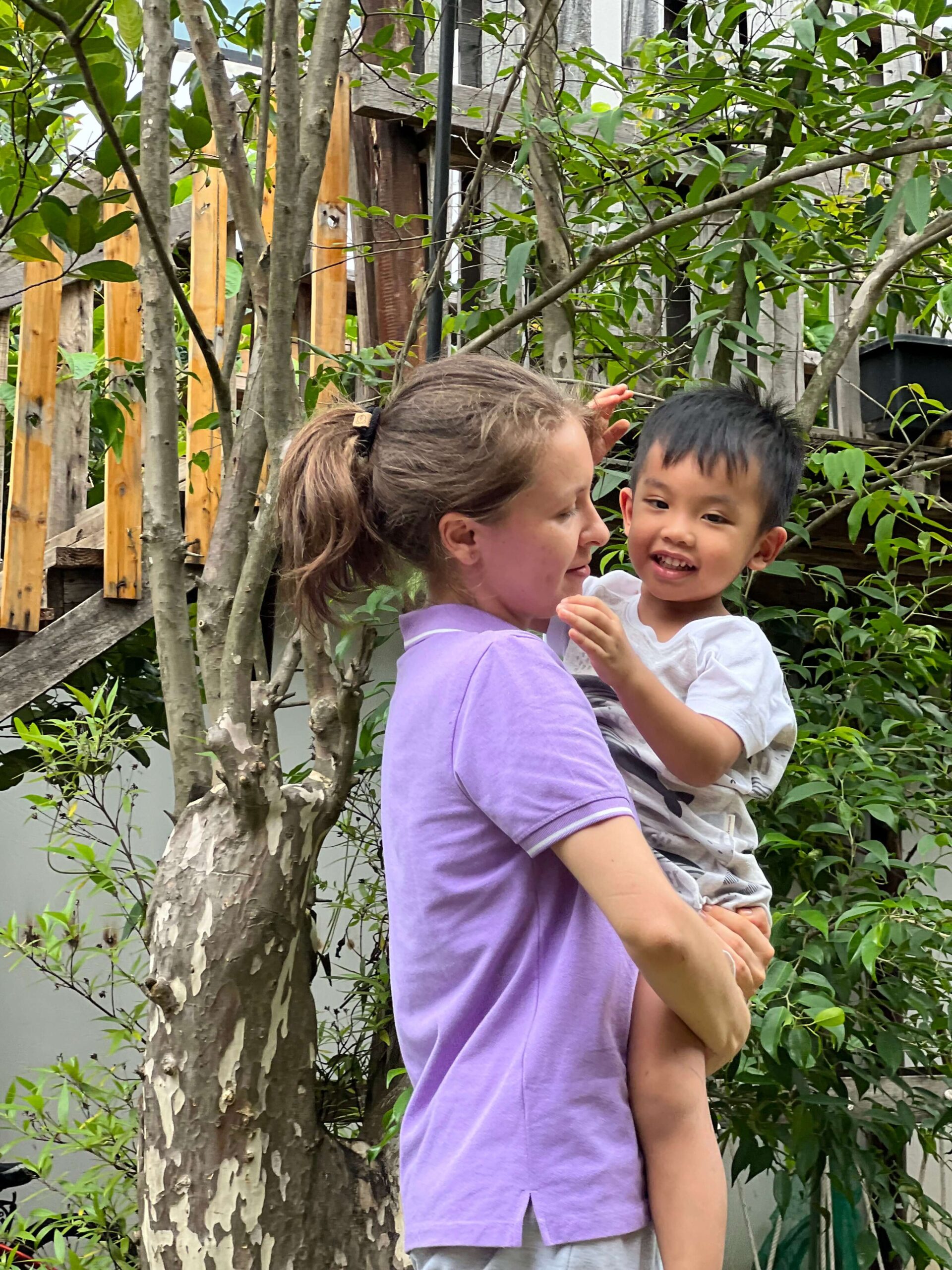
Montessori felt that the adult, by examining himself in this way, would begin to understand what it is that stands in the way between adult and child. This error was the adult’s assumption that the child is an empty vessel waiting to be filled with our knowledge and experience rather than a being who must develop his own potential for life.
Adults must aim to diminish their egocentric and authoritarian attitude toward the child and adopt a passive attitude in order to aid in his development. They must approach children with humility, recognizing their role as a secondary one. If the child’s personality is to be helped to develop, since the child is the weaker, the adult with his stronger personality must hold himself in check, and, taking his lead from the child, feel proud if he can understand and follow him.
To understand and follow the child, the Montessori teacher must develop the desire and ability to observe him. However, the ability to hold observation of life in such esteem does not come readily to the adult.
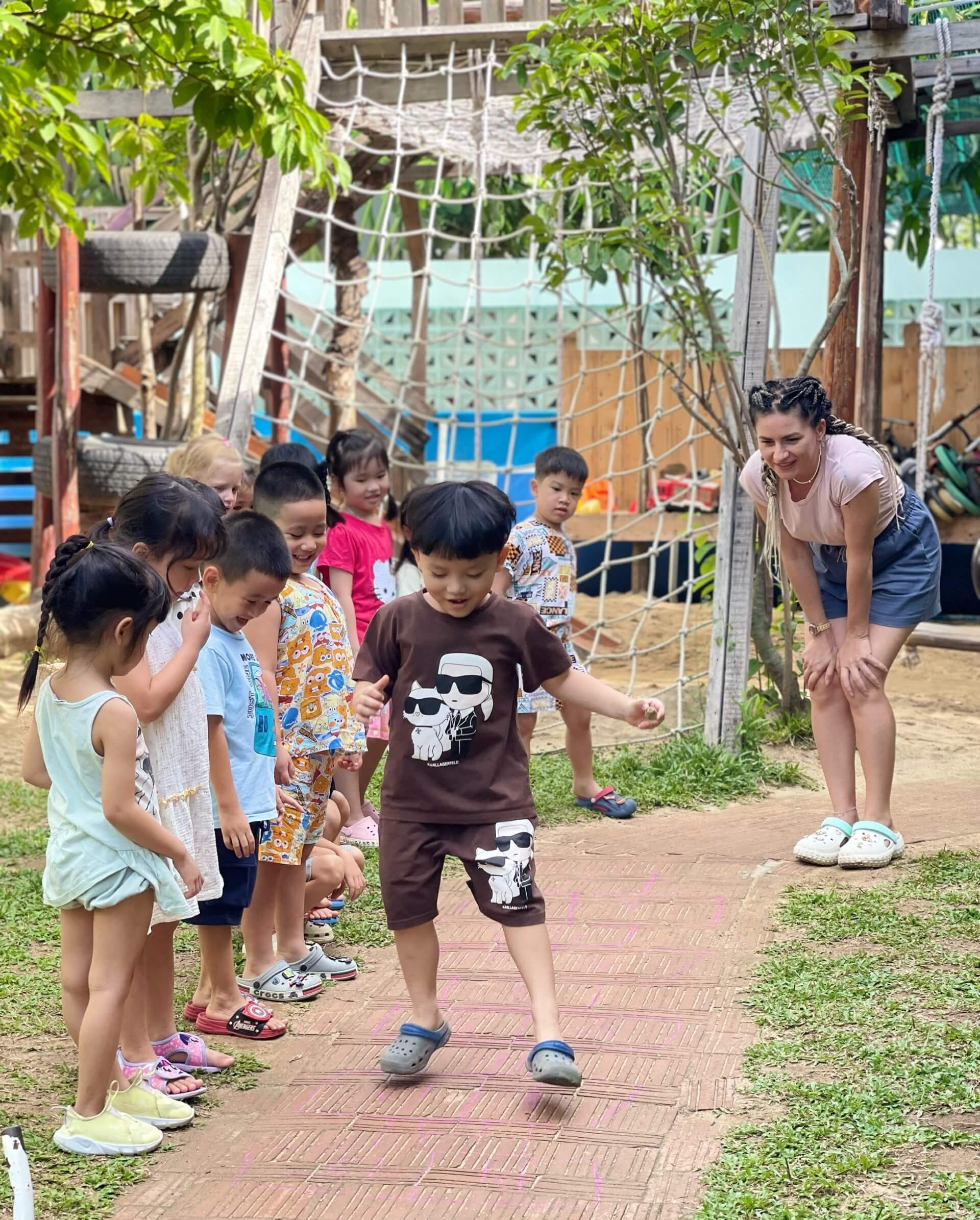
This spirit has three aspects. One is an interest in humanity: “The interest in humanity to which we wish to educate the teacher must be characterized by the intimate relationship between the observer and the individual to be observed.” Further, it is an ability to see children as individuals, each unique and unlike any other. Finally, it is based on the faith that the child can and will reveal himself, and that through this revelation the teacher will discover what his role must be. “From the child itself he [the teacher] will learn how to perfect himself as an educator.”
In addition to her role as an observer, the teacher serves as the preparer and communicator of the environment for the child. The designing and caring for the environment requires a major portion of the Montessori teacher’s time and energy, reflecting the dominant role Montessori gave to it in the educative process.

She is responsible for the atmosphere and order of the classroom, the display and condition of materials, and the programming of activities, challenges, and changes of pace to meet each child’s individual needs, Particular emphasis is placed on keeping the materials in excellent order: “All the apparatus is to be kept meticulously in order, beautiful and shining, in perfect condition. Nothing may be missing, so that to the child it always seems new, complete and ready for use.”
The Montessori teacher also serves as the exemplar in the environment, thus inspiring the children’s own development. This is an important reason for her to strive for flexibility, warmth, and love of life, as well as understanding and respect for self. She must be as physically attractive as possible, for in this way she attracts the children’s attention and respect.
The teacher is also the link that puts the child in touch with the environment. The child is totally dependent on this help from the teacher: “The child’s one hope lies in his interpreter.” In particular, he cannot gain full benefit from the learning material in the environment without the teacher’s inspiration and guidance. However, the role of communicator is a delicate one, and the teacher must be careful not to overdo her part.
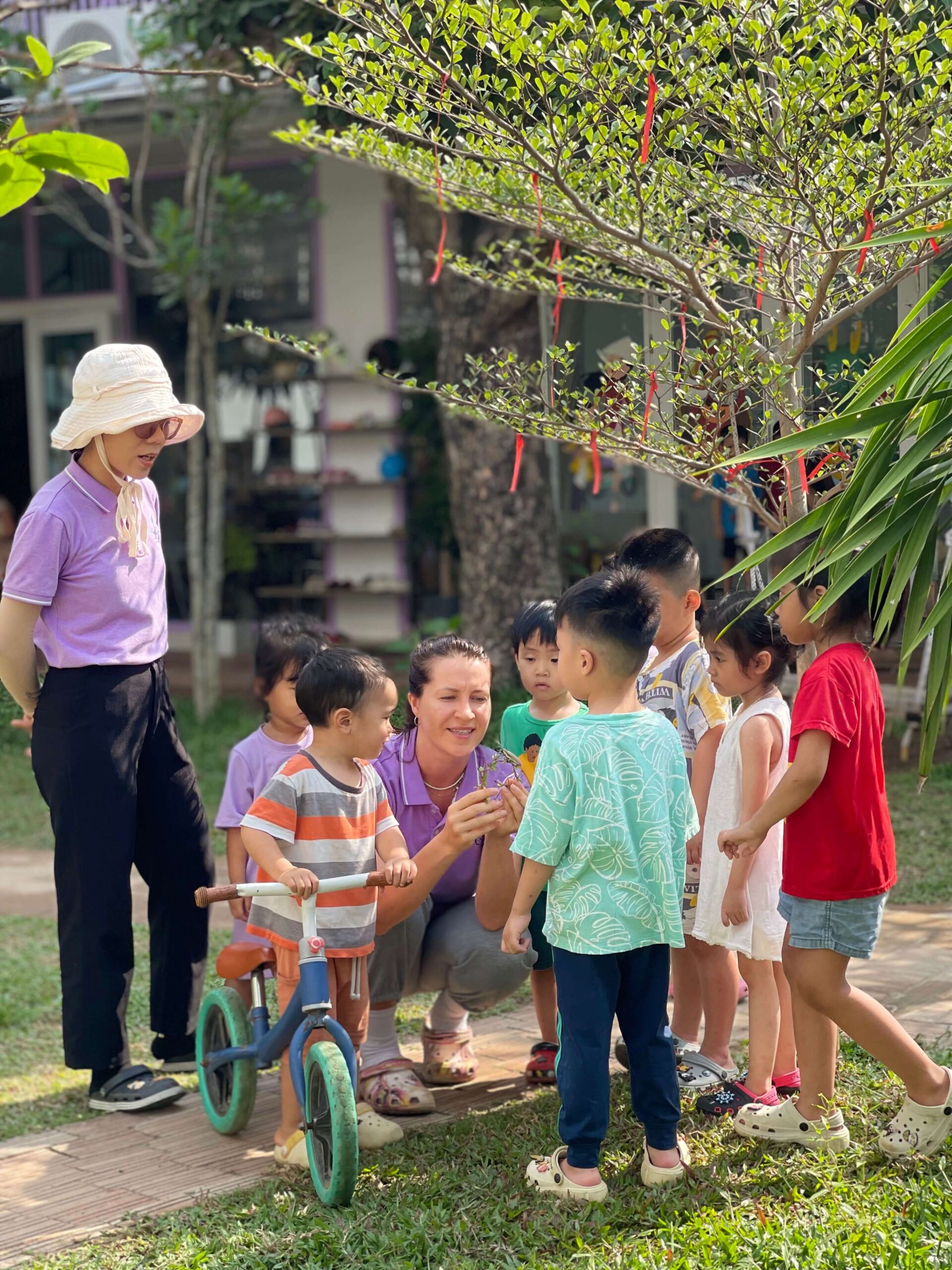
The Montessori Classroom
What is a classroom based on the freedom and structure of a Montessori environment, where the teachers follow the indirect approach of the Montessori method, like? It is a living place, full of children in search of themselves and their world. There is a feeling of total involvement as children explore and discover, sometimes with materials on rugs on the floor or on tables; sometimes alone, sometimes together. There is much movement, self-initiated socializing, and casual interchange between children and between child and teacher. The teacher is hard to find. There is no teacher’s desk, nor anything else in the room to cast her in the role of the “captain at the helm,” as in many traditional classrooms. She is likely to be on a rug on the floor, or at a child-sized table, giving full attention to one individual child at a time. Careful observation of her will show she is constantly on the move in a quiet way, as she goes from child to child and seeks to be alert to the needs and actions of all.
There is no formal schedule chopping the day into small pieces; there is only the obligation to begin and end the day at the regular times, or, if the class is housed in a larger school, to comply with
the demands of this larger environment. Actually, close observation will show that the children set themselves a kind of flexible schedule, varying the choice and pace of their activities.
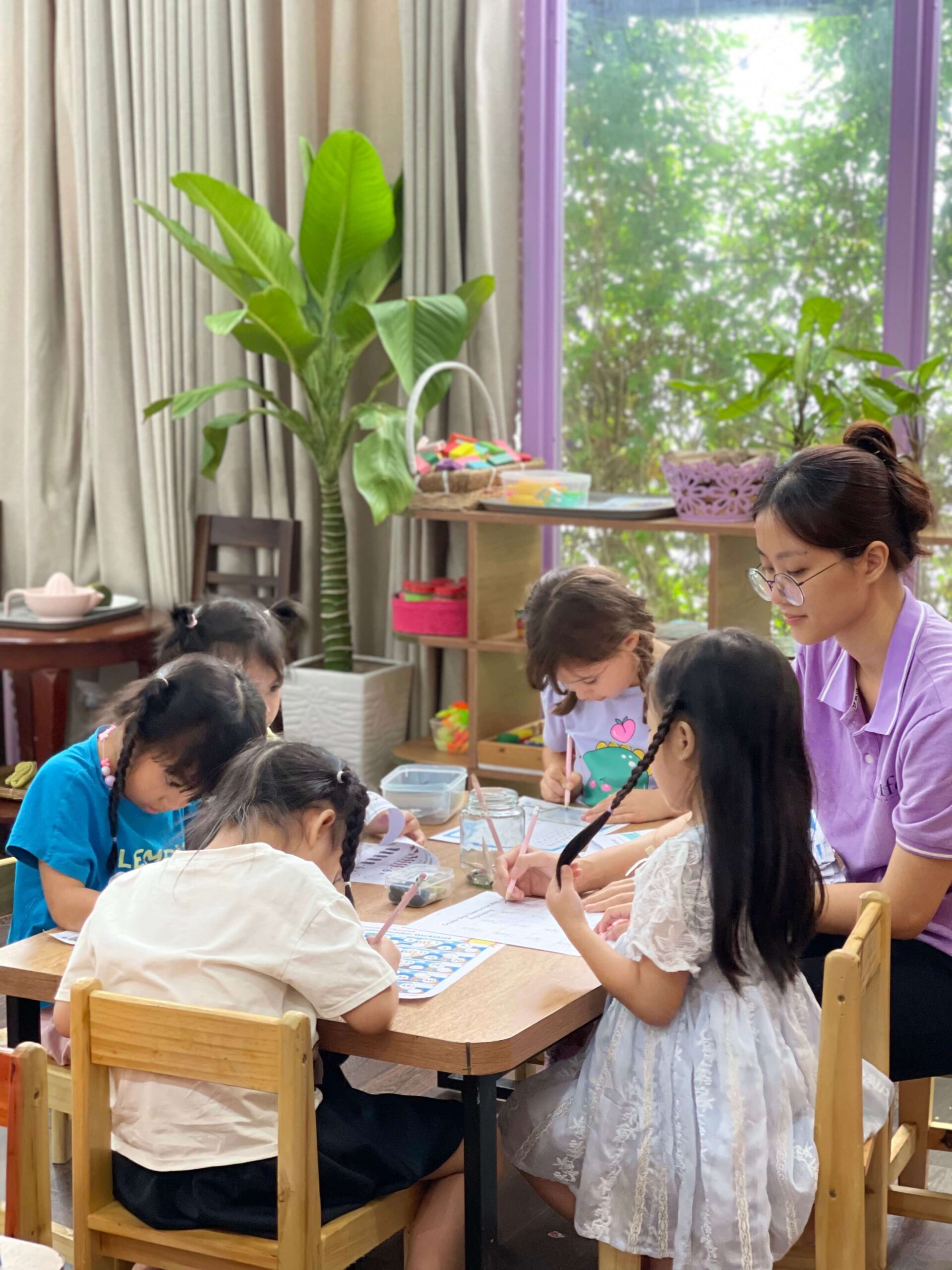
Contrary to traditional thought, they do not choose the hardest work when they first arrive and are considered “freshest.” Instead, they consistently choose easy work at first, and gradually work up to a very challenging endeavor—“the great work” of the day, as Montessori called it—later in the morning.
However, it takes careful preparation and time for a beginning Montessori class to reach the optimal functioning of the class described, and parents and teachers alike are discouraged if they expect such a class of twenty or thirty children to appear in full bloom immediately. Time and experience are necessary before the children can develop the inner discipline required to utilize the freedom of the Montessori classroom effectively. In an already
functioning class, where two-thirds of the children have had this opportunity in the previous year, the younger third entering the class for the first time readily develop such discipline through imitation of the older ones and special attention from the teacher, particularly when they are admitted a few at a time. When a class is first begun, there is no established community of children, and the teacher alone must “show the way to discipline.”

If discipline had already arrived our work would hardly be needed; the child’s instinct would be a safe enough guide enabling him to deal with every difficulty. But the child of three, when he first comes to school, is a fighter on the verge of being vanquished; he has already adopted a defensive attitude which masks his deeper energies. The higher energies, which could guide him to a disciplined peace and a divine wisdom, are asleep.
When inner discipline has been firmly established, and the teacher must be most careful not to interfere with the child in any way. “Praise, help, or even a look, may be enough to interrupt him, or destroy the activity. It seems a strange thing to say, but this can happen even if the child merely becomes aware of being watched.” Even when several children wish to use the same materials at once, the teacher is not to interfere unless asked.
In such a classroom, the real education of the children can begin, for they have arrived at self-discipline, and have thus achieved freedom for their own development. This is the goal toward which all Montessori philosophies and methods are aimed Montessori found such hope for mankind.
